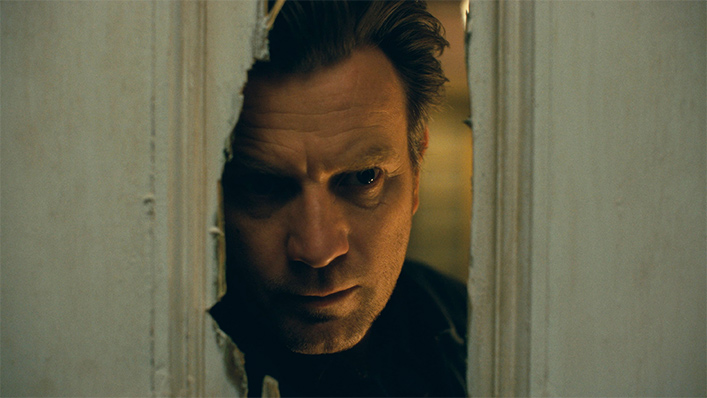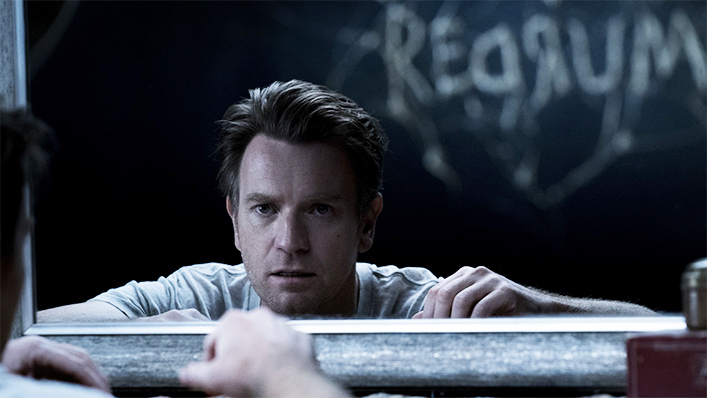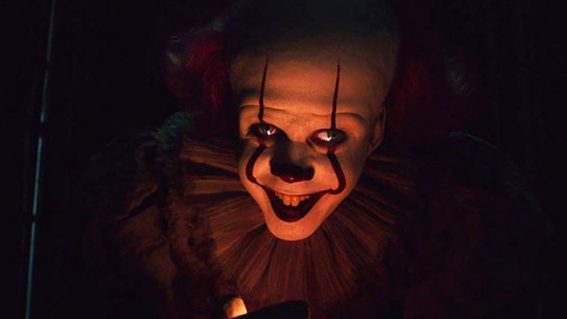The snoozy Doctor Sleep is your cure for insomnia
Having trouble sleeping? Maybe this belated sequel to The Shining can help.

The belated sequel to Stanley Kubrick’s classic The Shining is a long and lumbering film that answers all the questions nobody asked, says Luke Buckmaster.
I suppose it makes sense: a film called Doctor Sleep that doubles as a cure for insomnia. Director Mike Flanagan’s morose and soporific follow-up to Stanley Kubrick’s 1980 horror opus The Shining – adapted from Stephen King’s novel of the same name – is one of those ‘why did they bother, oh that’s right money!’ sequels devoted to answering questions nobody asked.
The first concerns the future of adorable pipsqueak Danny, played as a child by Roger Dale Floyd in this film and one-time actor Danny Lloyd in Kubrick’s. His childhood encompassed activities all of us cherished during our formative years – such as running away from axe wielding fathers and having spooky conversations with imaginary friends with names such as Tony, who live inside our index fingers.
Shock horror, Danny is a little messed up as an adult: a glum, bleary-eyed alcoholic with a glazed look in his eyes that says “I’m the kind of guy you avoid at parties.” Grown-up Danny (Ewan McGregor) hasn’t lost his ability to “shine” but keeps a low profile, finding his lot in life as a person who assists dying people in coming to terms with their mortality.

Danny’s shining mentor Dick (Carl Lumbly) cautions him about the state of the world, declaring it contains people who “eat screams and drink pain” – an obvious reference to the federal Liberal party. Dick is also, to be fair, describing a band of dangerous gypsies whose recreational drug habits channel Bram Stoker by way of the Skeksis: they kill people then inhale their essence, like hungry potheads scrambling for the last fleck of weed.
These vampire-ish characters are led by the charismatic but shonking-looking Rose the Hat (Rebecca Ferguson), whose resemblance to a two-bit magician is observed upfront. Consuming people’s essence gives them a supernatural kick, including a prolonged life and various powers – mostly in the genre of the telepathic. They exist on a kind of NBN grid of “shiners,” in that connections between them are slow, patchy and periodically conk out.
Among Doctor Sleep’s visual highlights is a moment when Rose flies towards a powerful young shiner (Kyliegh Curran) who she is trying to convince to join the fold. Flanagan tilts the landscape onto a vertical axis, showing the villain flying “across” it by soaring upwards, through the clouds. It looks impressive but…since when did moments from Kiki’s Delivery Service belong to The Shining?
It’s the kind of scene you can accept in the context of silly fantasy, but it feels disconnected in plot and tone from its predecessor. King’s book (which I haven’t read) is a factor here, given I assume this or a similar event took place in it. But so is Kubrick’s film, even more so given the extent to which Flanagan borrows from it. The auteur’s highly distinctive work (that carpet, that blood from the elevator!) provides an aesthetic and thematic model for numerous sequences.
These include, eventually, the Overlook Hotel, captured the way Kubrick imagined it – but with more stains and cobwebs, rundown and ravaged by time. This setting is revisited for Doctor Sleep’s final act, when it finally gets interesting in a homage-y way, capitalising on memories of the original. Flanagan contrasts the eternal qualities of ghosts with the decaying properties of real-world structures, inside the context of an experience that views cinema as both a time capsule and a process of narrative evolution – which is also momentarily interesting.
In terms of inconsistencies between Doctor Sleep and its predecessor, part of the problem comes down to Kubrick’s version of The Shining being starkly different to King’s book. But in this film, however, with King on board as executive producer, the new director shows fidelity to same source of literature the previous director threw to the dogs and reworked from the ground up. In other words, Flanagan tries to remain true to King’s vision while also remaining true to an adaptation that messed with his work so much the author famously despised it.
Doctor Sleep therefore is not just a sequel that answers questions nobody asked, but a sequel to a film that never even existed in the first place: one that deeply respected King’s writing. Lots of things haunt the Overlook, including competing ideas about what all that crazy shit up in the mountains really meant. This might not have been an issue if the new, 152 minute (!!) film had taken us on a thrilling ride. Instead – brief flourishes notwithstanding – it’s flat as a tack, with an enervated pace more befitting of a snoozy TV mini-series.























